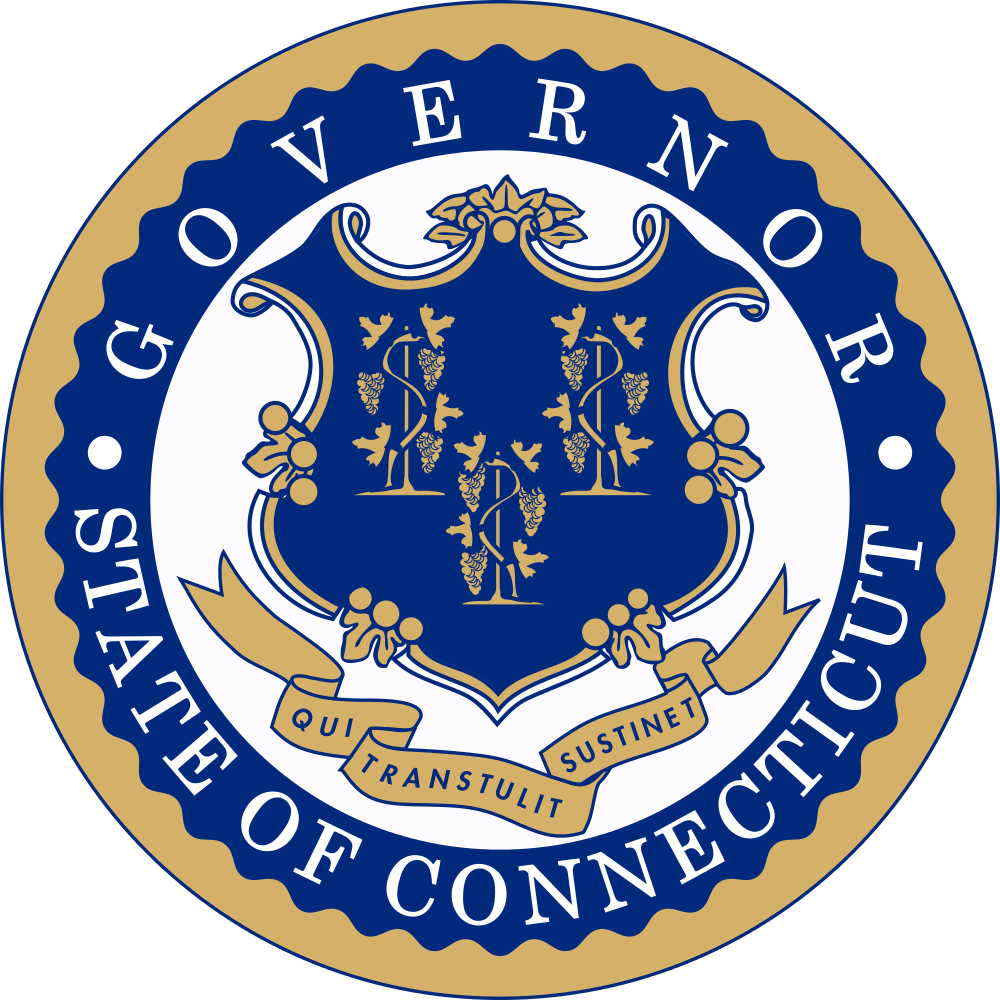Press Releases

05/06/2020
Governor Lamont Receives Recommendations for a Phased Reopening of Colleges and Universities in Connecticut
(HARTFORD, CT) – Governor Ned Lamont today announced that he has received a detailed report containing recommendations for a phased reopening of colleges and universities in Connecticut in response to the COVID-19 pandemic. The report was prepared by Rick Levin, former president of Yale University, and Linda Lorimer, former vice president of global and strategic initiatives at Yale University, both of whom are the co-chairs of the education committee of the Reopen Connecticut Advisory Group. Representatives from the committee who consulted on the report include:
- Alice Pritchard: Chief of staff to the president of Connecticut State Colleges and Universities
- Rachel Rubin: Chief of staff to the president of the University of Connecticut
- Steve Kaplan: President of the University of New Haven
- Jen Widness: President of the Connecticut Conference of Independent Colleges
The recommendations include the gradual reopening of higher education campuses over the course of the summer – at the discretion of each institution – based on the type of educational programs offered and whether they provide residential services. By the fall semester, if prevailing health conditions permit, all of the sector may reopen, although institutions will be free to decide whether they need more time for certain programs to restart.
The reopening of any higher education institution will need to be phased based on the varied nature of the activities on its campus. For example, research operations function similarly to the operations of a place of business and can be restarted relatively quickly. Likewise, community colleges are easier to open than fully residential colleges, where the challenges are much greater given that students live together in close quarters.
“Our colleges and universities are the springboard for so many to launch their careers, and they are an economic engine of the state,” Governor Lamont said. “And of course it can’t go without saying that Connecticut’s great research universities are working to help bring an end to the current pandemic. Given the heterogeneity of our colleges and universities, one size won’t fit all, which is why we need carefully tailored guidelines for differing parts of this sector. This framework to reopen our higher education institutions is a vital component of our overall plan to reopen Connecticut.”
The recommended sequencing of the reopening of colleges and universities would be as follows:
- Research programs and administrative functions will be able to open on the same timetable as the first wave of general business operations in the state, which is currently set for May 20.
- Next, early in the summer, workforce development programs in institutions such as community colleges may reopen. As part of their reactivation, they will welcome back those students who were unable to complete courses with lab, studio, clinical, or shop requirements for their degrees this spring.
- By mid-July, other nonresidential educational programs might be reopened if public health conditions continue to improve, and some institutions may want to resume graduate programs. A few summer programs involving undergraduate student in residential settings might be piloted.
- By the end of the summer in preparation for the fall semester, if prevailing health conditions make it possible, undergraduate residential institutions may reopen if they choose.
This sequencing is dependent upon several public health conditions that must be met. Some of these prerequisites include:
- The prevalence of the disease must be low enough to allow the safe resumption of campus operations;
- Institutions that will be housing students 24/7 must have access to enough COVID-19 tests so that entering students can be tested upon arrival, and those students testing positive must be immediately isolated; and
- An adequate capacity for contact tracing must be provided to the higher education institutions.
In order to reopen, each higher education institution would be required to file reopening plans with the Connecticut Department of Public health, detailing how they propose to:
- Repopulate the campus, likely in a phased way;
- Monitor health conditions to detect infection;
- Contain the spread of disease when detected; and
- Shut down the campus in the event it becomes necessary.
Approximately 190,000 students are enrolled in higher education institutions in the state, and they employ about 45,000 of residents. Most colleges and universities in Connecticut have not shut down their teaching during the spring semester, but rather have employed online methods to continue educating students.
**Download: Recommendations to Governor Lamont for a phased reopening of colleges and universities
- Twitter: @GovNedLamont
- Facebook: Office of Governor Ned Lamont


